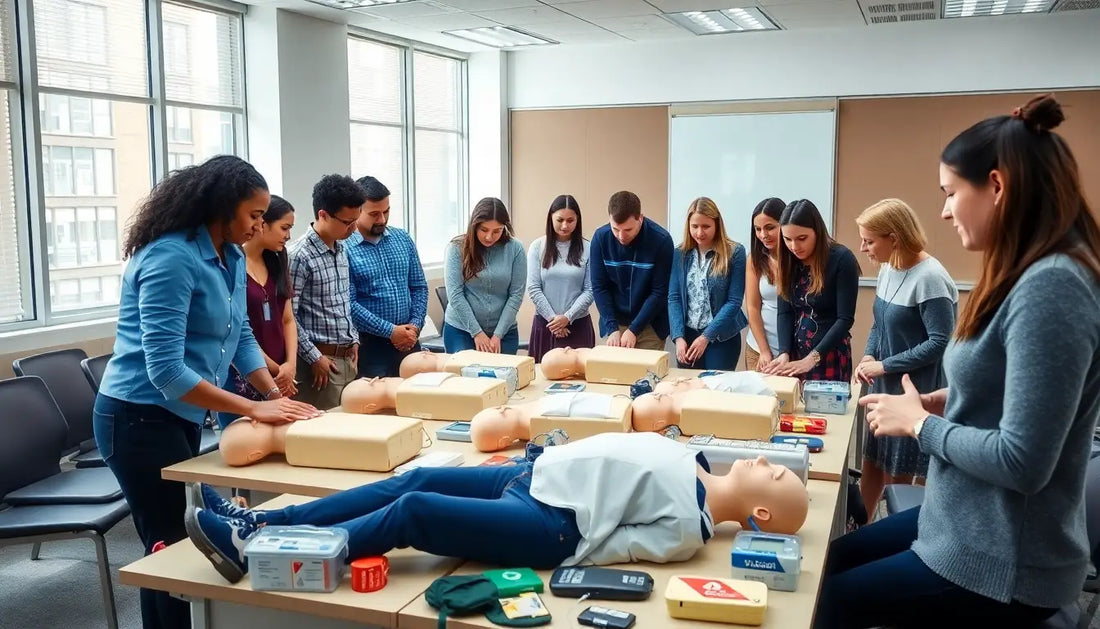
First Response: Critical First Aid Skills for Any Situation
TF AdventureIn the face of an emergency, having the right knowledge and skills can mean the difference between life and death. As the owner of TF Adventure, a shop specializing in emergency preparedness and survival gear, I've seen firsthand the importance of being equipped with essential first aid training. In this comprehensive blog post, we'll explore the critical first aid skills that can empower you to respond effectively in any situation, from natural disasters to unexpected accidents.
Assessing the Situation and Calling for Help
The first and most crucial step in any emergency is to assess the situation and call for help if necessary. This involves quickly evaluating the scene for potential hazards, ensuring your own safety, and determining the severity of the situation. If emergency services are required, be prepared to provide clear and concise information about the location, the nature of the emergency, and the number of people involved.
Recognizing Life-Threatening Conditions
Identifying life-threatening conditions is a critical skill in first aid. These include severe bleeding, airway obstruction, and cardiac arrest. Knowing how to recognize the signs and symptoms of these critical situations can help you act quickly and decisively to save a life.
Controlling Bleeding and Treating Wounds
Uncontrolled bleeding can quickly become a life-threatening emergency. Mastering techniques like direct pressure, tourniquet application, and wound packing can be the difference between life and death. Understanding the proper methods for cleaning, disinfecting, and dressing wounds is also essential for preventing infection and promoting healing.
Performing CPR and Using an AED
Sudden cardiac arrest is a leading cause of death in emergency situations. Knowing how to perform high-quality cardiopulmonary resuscitation (CPR) and how to use an automated external defibrillator (AED) can greatly improve the chances of survival for someone experiencing a cardiac emergency.
Managing Fractures and Dislocations
Broken bones and dislocated joints can cause significant pain and further injury if not properly stabilized. Learning how to recognize the signs of these injuries and how to immobilize them can help prevent additional harm and provide comfort to the injured person.
Treating Burns and Thermal Injuries
Burns can range from minor to life-threatening, and proper first aid is crucial for minimizing damage and promoting healing. Understanding the different types of burns, the appropriate first aid measures, and when to seek medical attention can be a lifesaver.
Responding to Allergic Reactions and Poisoning
Allergic reactions and poisoning can be sudden and severe, requiring immediate action. Recognizing the symptoms of anaphylaxis, administering epinephrine, and providing supportive care can be critical in these situations.
Addressing Environmental Emergencies
Exposure to extreme temperatures, dehydration, and other environmental factors can pose serious health risks. Knowing how to prevent, recognize, and treat conditions like hypothermia, hyperthermia, and dehydration can be invaluable in outdoor and disaster-related emergencies.
Preparing for and Responding to Emergencies
Being prepared for emergencies is essential, and this includes having the right first aid supplies, a well-stocked emergency kit, and a plan for evacuation or sheltering in place. Regular first aid training and practice can also help ensure that you're ready to respond effectively when the unexpected happens.
Conclusion
In a world filled with unpredictable events, the ability to provide effective first aid can be a true lifesaver. By mastering the critical skills covered in this blog post, you'll be better equipped to respond to a wide range of emergencies, from natural disasters to unexpected accidents. Remember, the time to prepare is now – because when every second counts, your first response can make all the difference.
